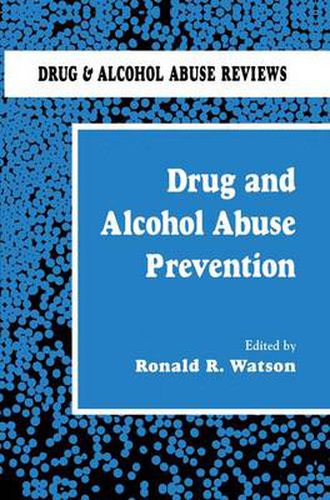Readings Newsletter
Become a Readings Member to make your shopping experience even easier.
Sign in or sign up for free!
You’re not far away from qualifying for FREE standard shipping within Australia
You’ve qualified for FREE standard shipping within Australia
The cart is loading…






This title is printed to order. This book may have been self-published. If so, we cannot guarantee the quality of the content. In the main most books will have gone through the editing process however some may not. We therefore suggest that you be aware of this before ordering this book. If in doubt check either the author or publisher’s details as we are unable to accept any returns unless they are faulty. Please contact us if you have any questions.
A major national goal is to improve our health and advance our opportunities to pursue happiness. Simulta neously, there are increasing health care costs and increasing demands to accomplish more with less financial support. Treatment costs can be reduced and health improved by preventing the toxic effects of drugs. This first volume of our new series, Drug and Alcohol to reduce the use and Abuse Reviews, focuses on stategies abuse of common compounds known to cause major damage to health: alcohol, tobacco, and illicit drugs such as cocaine and heroin. With the number of deaths attributable to the consumption of alcohol in the US at about 100,000 per year, the annual cost of addictions will be $150 billion by 1995. A variety of approaches to preventing drug abuse are being applied by governmental agencies and health care providers to reduce costs. These include school-based inter ventions, driver education programs, media interventions, health warning labels, physician guidance, economic dis incentives, restricted availability, punishments and penalties, environmental protections, and social-support approaches. With such a range of options, it becomes critical to evaluate and choose the most effective systems for a given population. We feel that the present collection of critical survey articles constitutes a thorough examination of the issues and strategies associated with prevention, and trust that readers will find the book exceedingly helpful in under standing and planning what needs to be done.
$9.00 standard shipping within Australia
FREE standard shipping within Australia for orders over $100.00
Express & International shipping calculated at checkout
This title is printed to order. This book may have been self-published. If so, we cannot guarantee the quality of the content. In the main most books will have gone through the editing process however some may not. We therefore suggest that you be aware of this before ordering this book. If in doubt check either the author or publisher’s details as we are unable to accept any returns unless they are faulty. Please contact us if you have any questions.
A major national goal is to improve our health and advance our opportunities to pursue happiness. Simulta neously, there are increasing health care costs and increasing demands to accomplish more with less financial support. Treatment costs can be reduced and health improved by preventing the toxic effects of drugs. This first volume of our new series, Drug and Alcohol to reduce the use and Abuse Reviews, focuses on stategies abuse of common compounds known to cause major damage to health: alcohol, tobacco, and illicit drugs such as cocaine and heroin. With the number of deaths attributable to the consumption of alcohol in the US at about 100,000 per year, the annual cost of addictions will be $150 billion by 1995. A variety of approaches to preventing drug abuse are being applied by governmental agencies and health care providers to reduce costs. These include school-based inter ventions, driver education programs, media interventions, health warning labels, physician guidance, economic dis incentives, restricted availability, punishments and penalties, environmental protections, and social-support approaches. With such a range of options, it becomes critical to evaluate and choose the most effective systems for a given population. We feel that the present collection of critical survey articles constitutes a thorough examination of the issues and strategies associated with prevention, and trust that readers will find the book exceedingly helpful in under standing and planning what needs to be done.